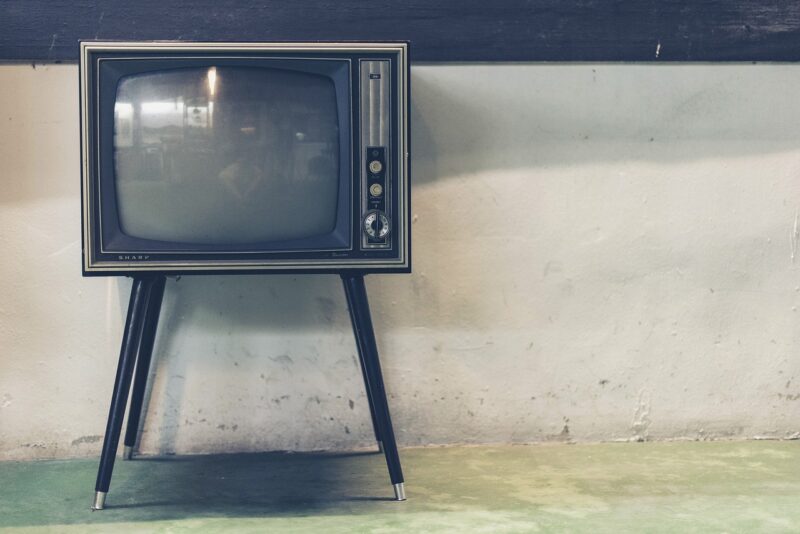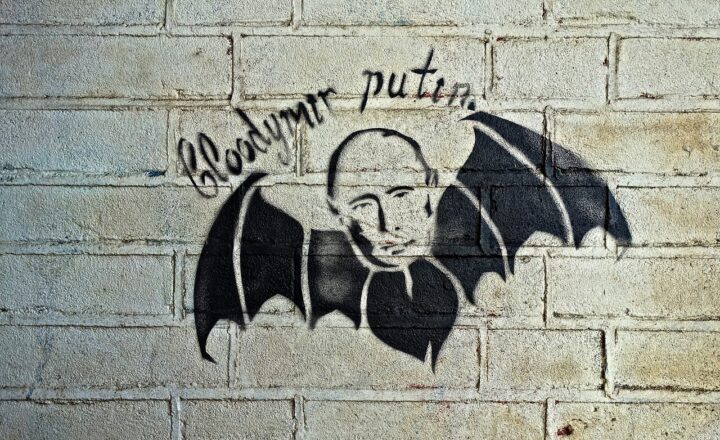From Flicks to Series: The Transformative Power of Movies on Modern Television
November 18, 2024

In the digital age, entertainment has undergone a seismic shift, particularly within the realm of visual storytelling. Movies and television shows, once distinct categories, have blurred into a seamless experience, driven largely by advancements in technology, changing viewing habits, and a growing desire for immersive narratives. This article explores how films have influenced modern television series, transformed storytelling, and redefined audience expectations.
1. The Evolution of Television: Embracing Cinema
The landscape of television has evolved significantly over the past couple of decades. In the 1990s, television series were often dismissed as lesser forms of entertainment compared to feature films. However, the advent of cable networks and streaming platforms has redefined this narrative. Today, television can rival or even surpass the cinematic experience.
Film production values have seeped into television, leading to higher quality visual effects, advanced storytelling techniques, and the hiring of renowned directors and writers who hail from the film industry. Shows like “Game of Thrones,” “The Mandalorian,” and “Breaking Bad” feature cinematic storytelling, often exploring complex characters and intricate plotlines that rival blockbuster movies.
Audience expectations have significantly changed as a result. Viewers have come to expect high production values, well-crafted plots, and compelling characters in their television series, as evidenced by the demand for offerings from streaming behemoths such as Netflix and Amazon Prime.
2. The Fusion of Genres: Movies Shaping Television Shows
The influence of cinema on television manifests not just in production values, but also in genre fusion. Showrunners have begun applying film techniques to create innovative series that mix genres in unprecedented ways. Here are a few notable trends:
– Cinematic Techniques: Series now employ cinematic cameras, lighting, and editing techniques borrowed straight from the film playbook. This enhances the visual storytelling and adds a layer of artistry that distinguishes these series from traditional sitcoms or dramas.
– Diverse Storytelling: Inspired by the film industry, shows are exploring diverse narratives that reflect a variety of cultural perspectives. This play for depth leads to rich story arcs and character development that rival those found in films.
– Shorter Series Formats: Many television series have adopted shorter episode counts, resembling the structure of films. This format helps in maintaining a tight narrative arc, packing a punch in storytelling while catering to viewers’ shortened attention spans.
Popular sequels like Netflix’s “The Queen’s Gambit” (based on a novel rather than a film) exhibit this movie-like quality by creating a limited series format, allowing for rich character development and a focused narrative drive. Movies not only inspire the structure and cinematography of shows but also set a precedent for storytelling techniques nurtured in the film industry.
3. Streaming Services: The New Digital Cinematic Universe
One of the most transformative factors in the relationship between movies and television has been the rise of streaming services. Platforms such as Netflix, Hulu, and Disney+ have revolutionized how content is produced and consumed:
– Binge-Watching Culture: The ability to consume entire seasons at once has led to a phenomenon where viewers approach television viewing with a cinematic mindset, similar to film watching. Audiences no longer wait a week between episodes; they engage with shows as if they were watching an extended film.
– Crossover Projects: Many streaming platforms have invested in creating shared universes, marrying film franchises with television. Shows like “The Falcon and the Winter Soldier” and “WandaVision” explore characters originally from movies, creating a cohesive storytelling experience that spans multiple platforms.
– High Financial Production Budgets: The resources allocated to original series have reached movie-like budgets, fostering an environment where showrunners can create ambitious content that draws top-tier talent.
This shift has made it clear that what was once a dichotomy between film and television no longer applies; instead, a symbiotic relationship has emerged, transforming how we experience storytelling.
4. The Creative Forces Behind the Scenes
A significant aspect of the blending of films and television is the influx of talent from the film industry to the TV arena. Renowned directors, writers, and producers, such as Martin Scorsese, Ryan Murphy, and Ava DuVernay, have taken their vision to the small screen, often approaching television projects with the same reverence and artistry as major motion pictures.
Moreover, the freedom offered by streaming services allows this talent to explore narratives that were previously deemed too risky for traditional networks. Series like “The Irishman” allowed Scorsese to tell stories that wouldn’t fit in a standard runtime for a film but needed the expansive space provided by a series format.
As the barriers between film and television continue to dissolve, the collaborative efforts among these creative forces enhance the storytelling experience, creating richer, deeper narratives that captivate modern audiences.
5. Changing Audience Engagement: The Emotional Connection
The length of a television series allows for more in-depth emotional exploration of characters compared to films. Viewers develop a connection over multiple seasons with characters and their evolving journey, making the narrative more impactful. Showrunners design arcs that resonate on a personal level, akin to a feature film’s emotional stakes, yet amplified over time.
Shows such as “This Is Us” and “The Crown” delve into intricate relationships, allowing audiences to form connections with the characters’ struggles and triumphs. This deep narrative investment is often difficult to achieve within the tighter constraints of a standard film, making series an attractive medium for those yearning for compelling stories.
Furthermore, the integration of viewer interaction via platforms like Twitter and Instagram ensures that the conversation doesn’t end with an episode; it extends into the social realm as viewers engage in discussions, analyses, and fan theories, creating a community experience akin to that of attending a blockbuster movie.
Conclusion: The Future of Movies and Television
The lines between movies and television are not merely blurred; they have become woven into a rich tapestry of storytelling possibilities. Movies inform the landscape of modern television, enabling showrunners to create innovative narratives that engage audiences in ways that traditional formats could not. As technology advances and audience expectations continue to evolve, we can anticipate even more profound transformations in the relationship between these two types of visual storytelling.
The future of entertainment lies at the intersection of these mediums, where the quality storytelling of cinema converges with the expansive narrative capabilities of television. With anticipation, we can look forward to the stories yet to be told and the innovative ways in which they will be shared. Whether we tune in for a series or venture to the theaters, one thing is clear: the stories we consume will continue to shape and evolve, reflecting the complexities of our world in remarkable ways.








